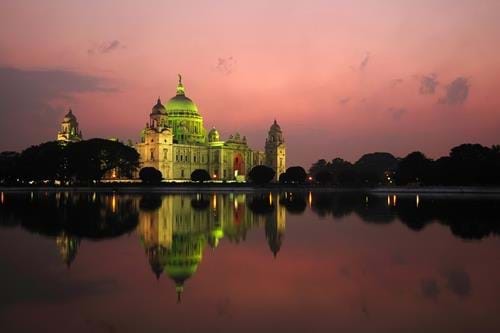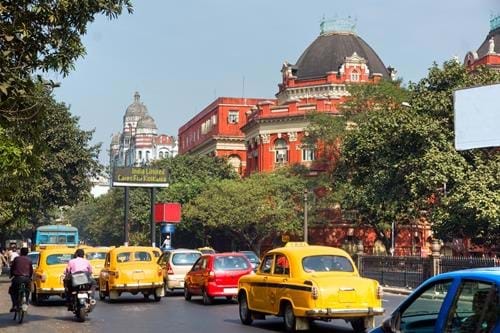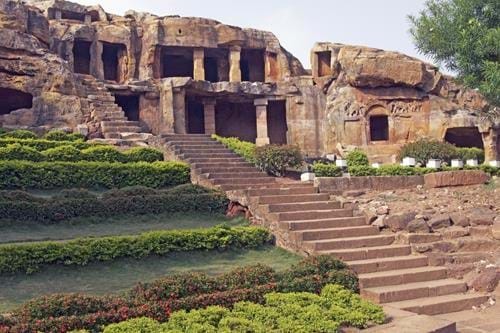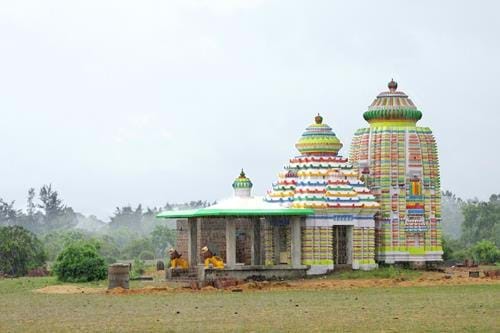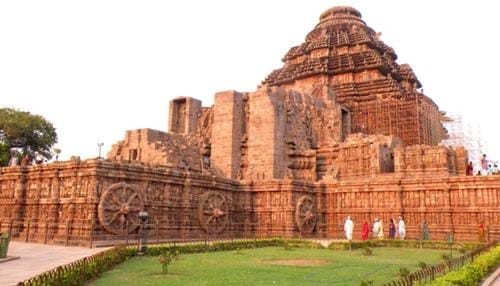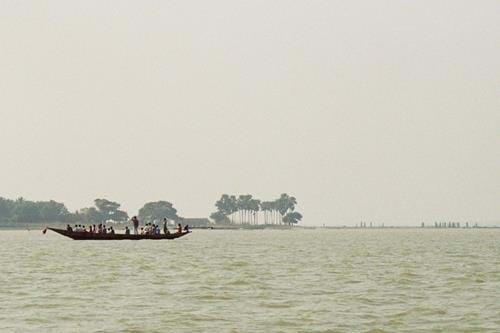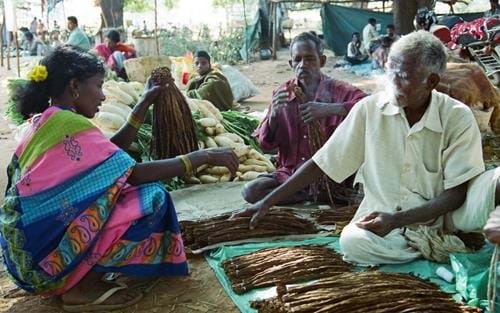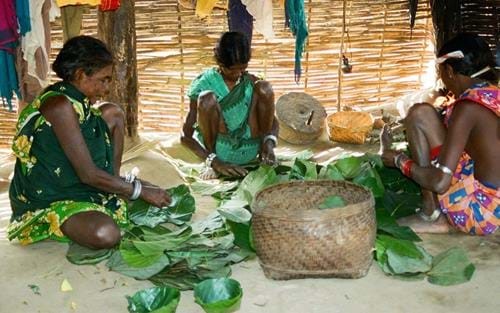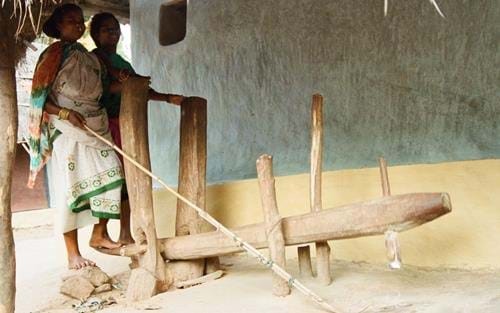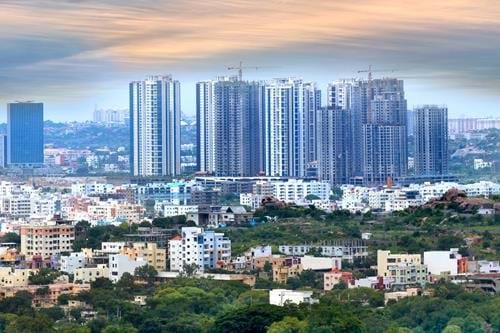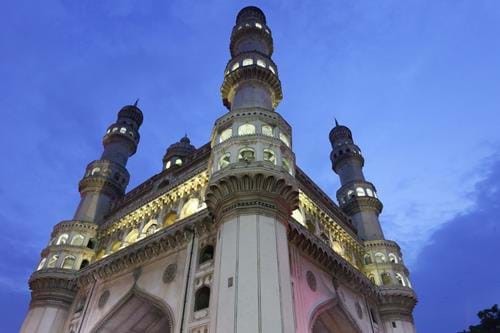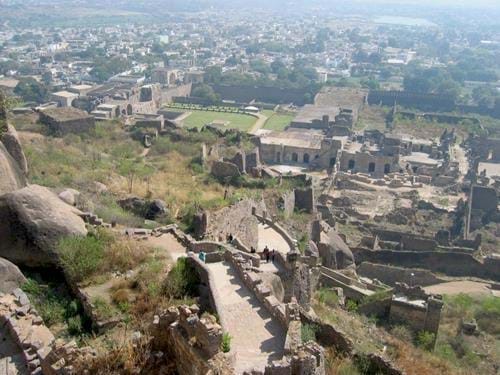Tailor-Made Tour
- Duration15 Days
- Flights IncludedYes
- Prices From £ 3660
 Places Visited :
Kolkata, Bhubaneshwar, Puri, Chilika Lake, Rayagada, Jeypore, Hyderabad
Places Visited :
Kolkata, Bhubaneshwar, Puri, Chilika Lake, Rayagada, Jeypore, Hyderabad
This is a route for India connoisseurs or newbies to the country who want to sidestep the popular circuits in favour of a road less travelled. And what a varied and compelling road it is: Fabulous medieval temples, ancient Buddhist sites, a world-class bird reserve, vibrant traditional crafts villages, surf-lashed beaches on the Bay of Bengal, encounters with minority people in remote forest districts, ending with the opulence of the Nizams of Hyderabad. The tour is book-ended by stays in two megacities with very different atmospheres: Kolkata, the former British capital on the Ganges, where Raj-era buildings form the backdrop to old-world temples and markets, and Hyderabad, where the historic forts and palaces of its rules rise from the fringes of what is now a dynamic, modern metropolis.
Infrastructure, in terms of road conditions, accommodation and communications in parts of Odisha, is limited and basic in nature, but for most people, the experiential value of the region far outweighs the transient loss of creature comforts.
Remember, this trip can be personalised to suit your travel needs - we can tailor everything from hotel, travel type, duration and more.

